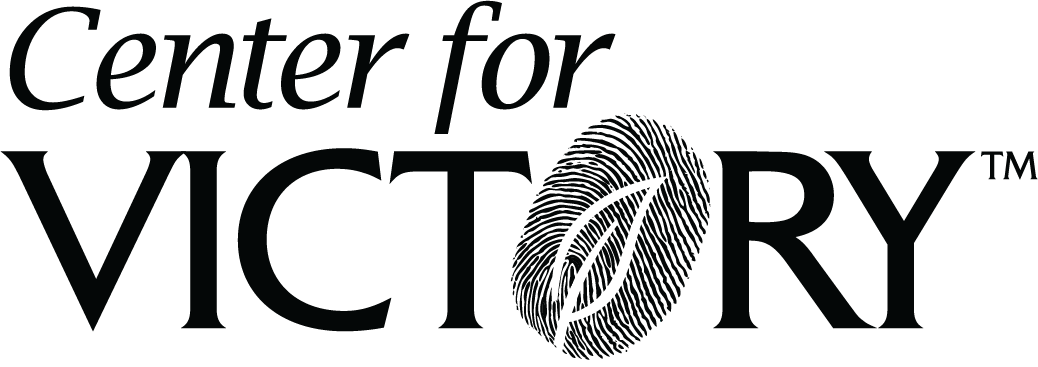
How to Become an Agile Thinker
Agile thinking is a critical skill that many leaders need to thrive in today’s fast-paced work world. Leaders can better address strategy execution with the ability to think and react quickly as issues arise, relationships develop, and problems surface.
Learning how to become an agile thinker requires understanding your strengths and weaknesses. It helps inform an approach to agile thinking for benefits in a variety of business contexts.
Agile thinking can have many different meanings. We see agile thinking as an approach that encourages flexibility, speed and value appreciation. It’s an approach that allows for dynamic responses within an often rapidly shifting space.
Applied correctly, agile thinking relates to how leaders manage people, approach problems, and interact with colleagues and customers. It relates directly to adaptability, creativity, innovation, and problem-solving.
Agile leaders can sense change, respond to it and deliver focused solutions fast.
To improve your leadership development, focus on the following:
- Identify Your Thinking Strength. The Whole Brain model suggests that our brains tend to work in one of four domains. Understanding where you work best or most comfortably means identifying which domain applies to you:
- Analytical. These are logical, numbers-driven people who have a realistic approach to work.
- Practical. These individuals are operationally focused, organized and task-driven.
- Relational. These people are very sensitive to others’ needs and are expressive and engaging in the workplace.
- Experimental. The curious and imaginative people in this space are most likely to challenge the status quo.
- Know Your Thinking Gaps. Which domains do you avoid? For example, if you’re an Analytical thinker, are you reluctant to explore ideas that are very different from your usual approach? A new way of thinking can help to expand your approach to problems and people. Stretch your skill set by identifying ways to think differently in relation to various situations.
- Learn to Pivot. We are generally comfortable with the way of thinking that’s worked best for us. That’s why it’s a good idea to be aware of your tendencies and, when the situation merits, consider a different approach.
For human resources and training professionals, teaching agile thinking means providing scenarios that allow for the application of newly learned skills. Here are a few areas where agility can be put to the test:
- Execution. Help managers act quickly by helping them assess a situation to align tactics with key goals. Allow managers to learn how to manage a key project by identifying the steps and processes necessary to meet deadlines and boost productivity.
- Problem Solving. Managers need help to sort through the volumes of available information, consider diverse perspectives, encourage experimentation and tap into team strengths. With all those inputs, managers need to then create a path forward to define the objectives and work towards a solution.
- Influence. Leaders, whether those with the proper title or not, can learn to wield influence by reading clues, understanding others’ perspectives (empathy), and encourage collaboration.
- Innovation. Agile thinkers help spur innovation by encouraging creative thinking in others and creating a space that encourages novel ideas.
Agility is a powerful tool to empower companies and their leaders to be more effective. Contact us to see how Center for Victory helps companies transform their businesses through assessment tools designed to strengthen leadership and agility.
From January 3, 2019
Search Posts
Subscribe!
Recent Posts
- Episode 193: Recipes for Success October 15, 2024
- Episode 192: The Power of Positivity and Laughter October 8, 2024
- Episode 191: Once Lost, Finally Found October 1, 2024
- Episode 190: Finding Your Strategic Advantage September 24, 2024
- Episode 189: Transforming Growth from Within September 17, 2024
